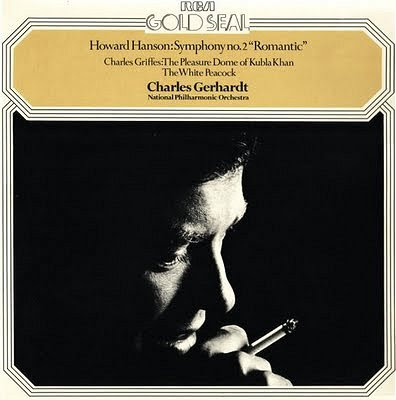This new CD demands to be listened to time and time again
' ...our discontentment over being human, with its inherent limitations, is boiling over. Case in point: music is now routinely given a slick, post-production shove toward hyperreality. ...Media have altered musical perspective (e.g., stage perspective, podium perspective, audience perspective, stereo hifi perspective, and in- or over-ear perspective) to such a degree that acoustics developed intuitively over generations (and hardened into convention) to enhance natural sound must now be supplanted by subtle (or not so subtle) amplification and digital processing to satisfy a generation that may never have stepped inside a concert hall and is instead acculturated to the isolating, degraded sound of earbuds and headphones playing back mp3s. Reorienting concert soundscapes and recordings to model immersive, inside-the-head experience (VR tricks the eye in a similar fashion) is promulgated as inevitable if music presenters wish to attract new generations of concertgoers and thus retain audiences.'Those extracts come from a post on The Spiral Staircase that responds to my recent musings on how no one mixes for speakers these days. In his post the author asks "How fully does the gradual disappearance of natural sound in the ear (namely, wearing earbuds 24/7) signify the dire condition of humanity?" This observation - which is an extreme development of views held by notables including Benjamin Britten and R. Murray Schafer - was given sharp focus by my recent listening. Readers will know that I buy a lot of CDs - in fact too many according to my credit card statement. For reasons that have been discussed here frequently, recorded music (CDs are my choice, streaming is the choice of others) has largely replaced classical radio and the concert hall as my way to explore new musical territory.
Some CDs are listened to only once or twice, and then filed away. My view is that the cost of sampling something new on disc is remarkably good value for money compared with a ticket for the Gergiev Ring in Birmingham. But some CDs stay in constant rotation, simply because they demand to be listened to time and time again. The newly released Guillaume Dufay: The Masses for 1453 performed by Cantica Symphonia directed by Giuseppe Maletto falls, most definitely, into the latter category. In fact repeated auditions of this disc from Spanish independent label Glossa have left me wondering if sacred music - particularly from the Catholic Church - is allowed to be so ravishingly sensuous and beautiful. This is ravishingly beautiful music given ravishingly beautiful performances and captured in ravishingly beautiful and lifelike sound in La chiesa della Beata Vergine del Monte Carmelo in Italy. The planets align with exceptionally auspicious synchronicity on this new release, and the power of one of those celestial bodies needs to be highlighted.
In a codicil to the informative sleeve essay, Giuseppe Maletto and producer Guido Magnano provide notes on the performance conventions adopted by Cantica Symphonia. With admirable frankness they confess that do not possess any documentary evidence to support their use of appropriate instruments (harp, fiddle, slide trumpets, sackbuts and organ). But it was not their convincing argument that authentic performances are a silly convention that caught my attention. It was the following passage describing how the CDs ravishingly beautiful sound was captured that stopped me in my tracks, because it connects so strongly with debates here about reorienting concert soundscapes:
'We have chosen to record this disc with a single pair of microphones, that aim being of obtaining a recorded sound corresponding to that in a church with a natural "halo" effect defined by the reverberation and the various acoustic relationships which are established spontaneously when the writing is reduced to fewer voices; rather than that of constructing an artificial sound balance at the post-production stage' - see session photos below.Later in the article Limitations of Being Human its author Brutus confesses, with brutal frankness, that "I don’t really care much about audience building or the business and marketing aspects of music; others can attend to those concerns". But classical music is obsessively preoccupied with audience building, and Brutus' prescient observation about discontentment boiling over is very relevant to this preoccupation. Sorry to be über-uncool; but classical music can learn much from Buddhism. In his penetrating Buddhism Without Beliefs Stephen Batchelor points out that the Buddha's first noble truth that discontentment is an inseparable part of life, is not an injunction to act, but an injunction to understand. Discontentment is triggering futile action within classical music, because audiences are perceived as too elitist, too old, too technologically resistant, too bound by conventions, too unwelcoming, too reluctant to pay the ticket prices demanded by celebrity musicians, and, above all, too unwilling to multiply like rabbits. If classical music could but understand that its audience is mercurial, diverse, remarkably inelastic in response to commercial marketing techniques and, most importantly, human, discontentment would stop boiling over. Then we would all have more time to appreciate the ravishing beauty of peerless music such as the Dufay Masses.
Dufay's Masses of 1453 was bought at Prelude Records. Any copyrighted material is included as "fair use" for the purpose of critical analysis only, and will be removed at the request of copyright owner(s). Also on Facebook and Twitter.











Comments